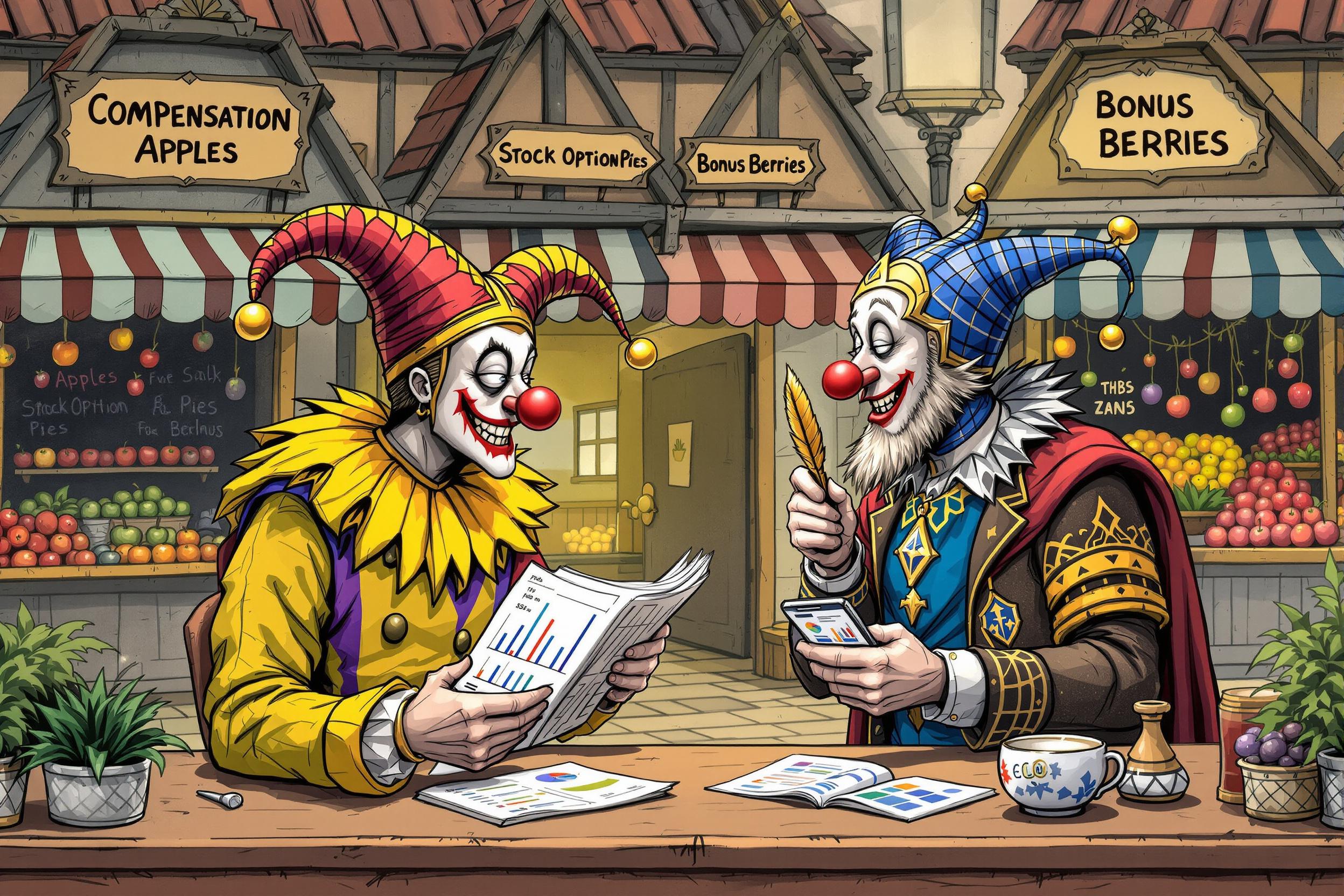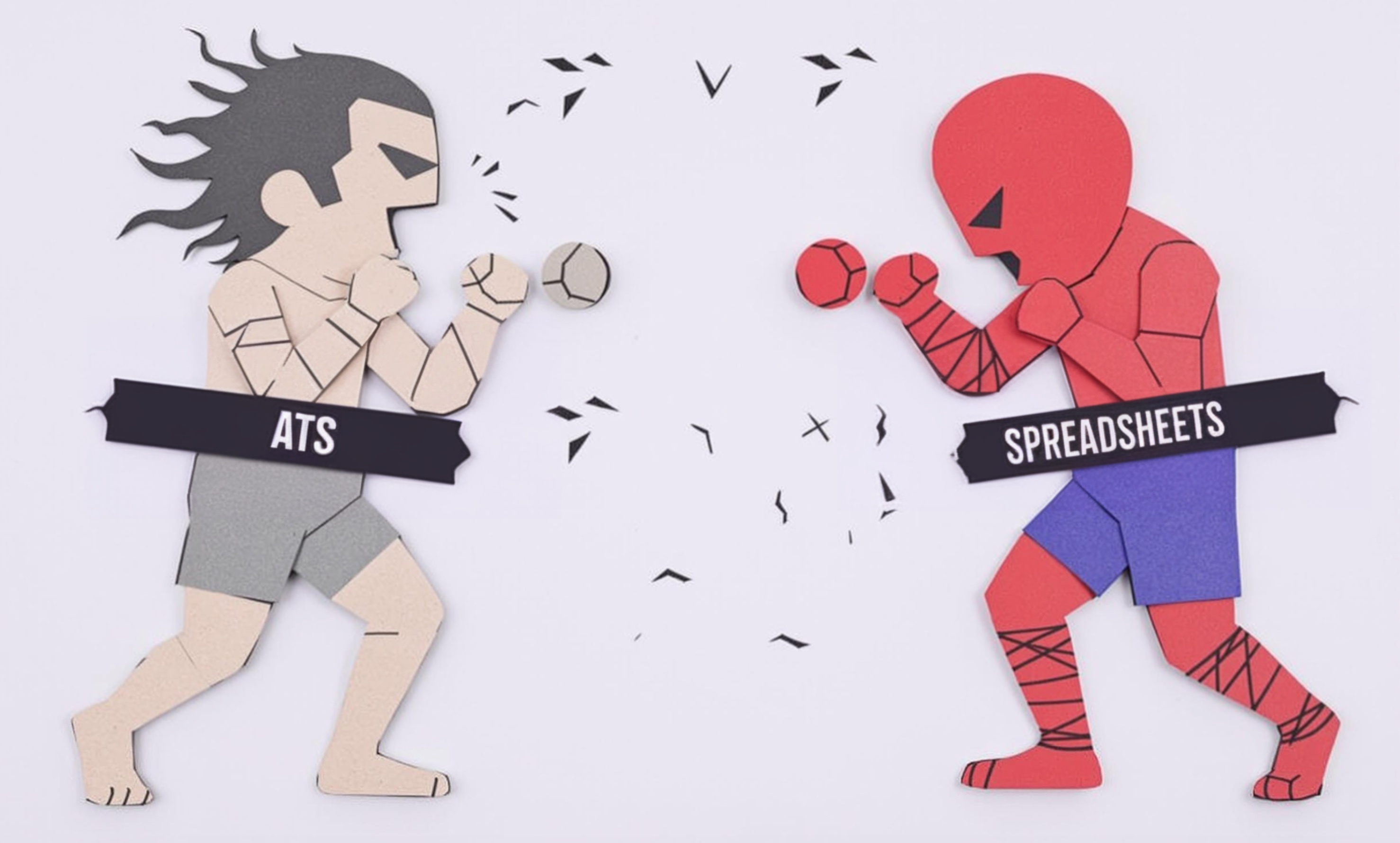
Bid-Ask Spread
A Bid-Ask Spread is like the difference between wholesale and retail prices in trading. The 'bid' is the highest price buyers are willing to pay, while the 'ask' is the lowest price sellers will accept. Traders and companies focus on this difference because it shows how easy it is to buy or sell something quickly, and it can affect their profits. Think of it like buying and selling a car - a car dealer buys at a lower price (bid) and sells at a higher price (ask), with the difference being their potential profit. In precious metal trading, understanding these spreads is crucial because they change constantly throughout the trading day and can significantly impact trading decisions.
Examples in Resumes
Managed precious metal portfolios with average Bid-Ask Spread of 0.5% or less
Developed strategies to minimize Bid-Ask costs in high-volume trading
Trained junior traders on Bid/Ask Spread analysis and market timing
Typical job title: "Precious Metal Traders"
Also try searching for:
Where to Find Precious Metal Traders
Online Communities
Professional Networks
Industry Resources
Example Interview Questions
Senior Level Questions
Q: How do you manage large trading positions when bid-ask spreads suddenly widen?
Expected Answer: A senior trader should explain strategies for breaking up large orders, using multiple dealers, timing trades during high liquidity periods, and having backup plans for market disruptions.
Q: Describe a situation where you had to adapt your trading strategy due to unusual spread behavior.
Expected Answer: Should demonstrate experience in recognizing market stress situations, adjusting trading tactics, and protecting client interests during volatile conditions.
Mid Level Questions
Q: What factors affect bid-ask spreads in precious metals trading?
Expected Answer: Should mention market volatility, trading volume, time of day, major market events, and how these impact trading decisions.
Q: How do you determine if a spread is too wide to trade?
Expected Answer: Should explain comparing current spreads to historical averages, considering client requirements, and evaluating market conditions.
Junior Level Questions
Q: Can you explain what a bid-ask spread is and why it's important?
Expected Answer: Should be able to clearly explain that it's the difference between buying and selling prices, and how it affects trading costs and profits.
Q: How do you calculate the bid-ask spread percentage?
Expected Answer: Should demonstrate basic math skills in calculating spread percentages and understanding when spreads are considered normal versus unusual.
Experience Level Indicators
Junior (0-2 years)
- Basic understanding of market prices
- Simple spread calculations
- Trading platform operation
- Market monitoring basics
Mid (2-5 years)
- Spread analysis across different markets
- Trading strategy development
- Risk management
- Market timing skills
Senior (5+ years)
- Advanced trading strategies
- Market making experience
- Team leadership
- Crisis management
Red Flags to Watch For
- Unable to explain basic spread concepts
- No experience with real-time trading platforms
- Lack of understanding about market hours and liquidity
- Poor math skills or confusion about percentage calculations
Related Terms
Need more hiring wisdom? Check these out...

The Hidden Art of Salary Negotiation: How to Win Hearts Without Going Broke

Why Your Hiring Spreadsheets Are Secretly Sabotaging Your Recruitment

Beyond Spreadsheets: Why Executive Dashboards in ATS Systems Are Your Secret Hiring Weapon

